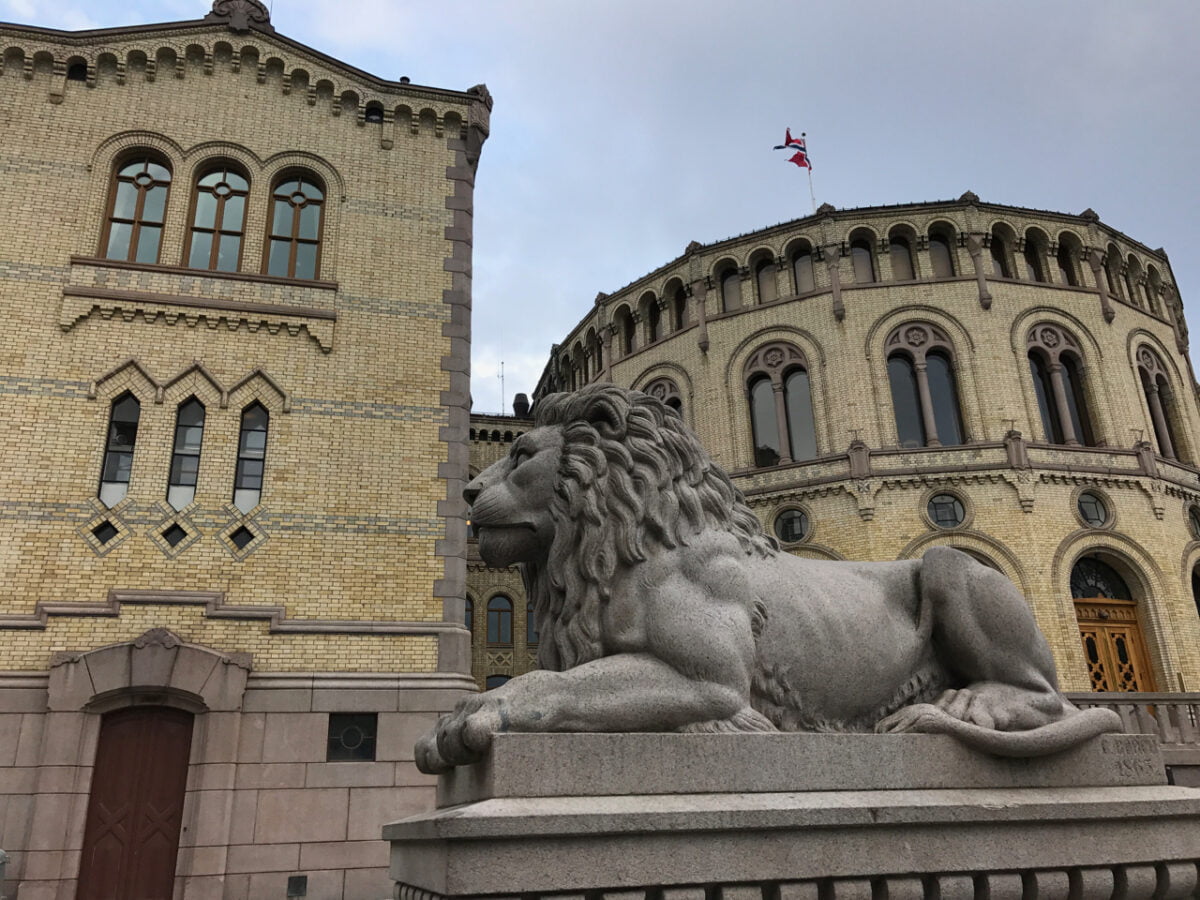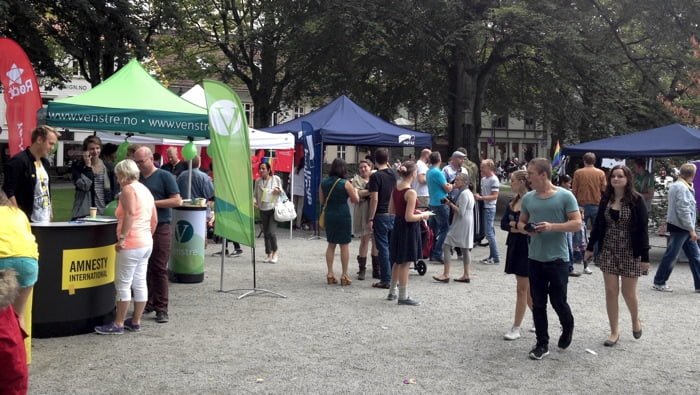
Norway's population goes to the polls this September to elect a new government.
For the last four years Norway has been ruled by a minority centre-right coalition of Høyre (the Conservatives) and FrP (the Progress Party), with further confidence and supply agreements with KrF (the Christian Democrats) and Venstre (the Liberal Party) to push through the annual budgets.
Arbeiderpartiet (the Labour Party) won the most seats at the 2013 election but were unable to form a government as they and their coalition parties all lost seats. It was quite the shift away from the centre-left dominated coalition from 2005 to 2013.
With seven or eight parties usually winning a share of the 169 parliamentary seats on offer, coalitions are the norm in Norwegian politics, and are usually led by the main parties of the left or the right with support from as many as three other parties from similar parts of the spectrum. Typically the result is a centre-left or centre-right leaning government.
Will the Labour party strike back?
All eyes are now on Arbeiderpartiet (the Labour Party) leader Jonas Gahr Støre to see if the left or centre-left can make a comeback. They have a commanding lead in the polls (averaging around 31% at the time of writing), and performed well in the 2015 local elections. But the maths for Labour to form a government is not straightforward as their natural allies on the left are not polling well. The current coalition parties together total around 35%, with a further 7.5% coming from their current confidence and supply allies.
The answer for Labour would seem to lie with Senterpartiet (the Centre party) who have surged in the polls from around 6% to 12% over the past 12 months. The Centre party is known for its decentralised economic development and political decision-making policies along with a protectionist policy on agriculture which makes them extremely popular in rural areas. Right now, their leader Trygve Slagsvold Vedum is on a battlebus tour of rural towns to woo voters that he says have been ignored by a “centralisation” focused coalition.
Throughout its history, the Centre party had refused to join any formal coalition with the Labour Party, but in 2005 they formed a crucial part of the red-green coalition that ruled until 2013. The Centre party leader could well be kingmaker for the next government. Only time will tell.

Norway Election 2017
The General Election takes place on Monday 11 September, although some voters will cast their ballots in advance. At the same time as the parliamentary elections, municipal council elections will be held in the Vestfold municipalities of Tjøme and Nøtterøy, as well as the election of the Sami Parliament (people of Sámi heritage, included in the Sámi census, are eligible to vote for the Sami Parliament of Norway).
Norwegian citizens are the only ones entitled to vote in the national Parliamentary elections. Although foreigners who have lived in Norway for at least three years can vote in local elections, they cannot vote in the Parliamentary elections even with permanent residence.
The political system in Norway
For the election geeks amongst you, Norway uses a modified Sainte-Laguë method, with an underlying principle that the number of seats a party gets should be as close as possible to the relative number of votes the party got in the election. Essentially it's a form of proportional representation. Note how different this is from the UK!
The system also features some interesting quirks. Once a party achieves 4% of the vote they are entitled to levelling seats. These seats exist to resolve situations in which a party receives significant support, but not enough in any single constituency to win a seat. There is also a somewhat controversial concept of overrepresentation for rural areas, to prevent the preferences of urban areas always overruling those of rural areas.

